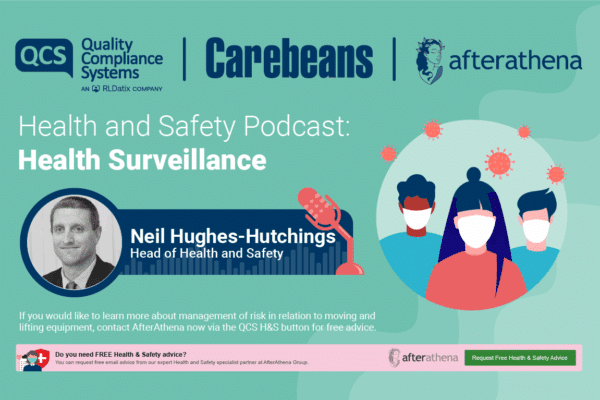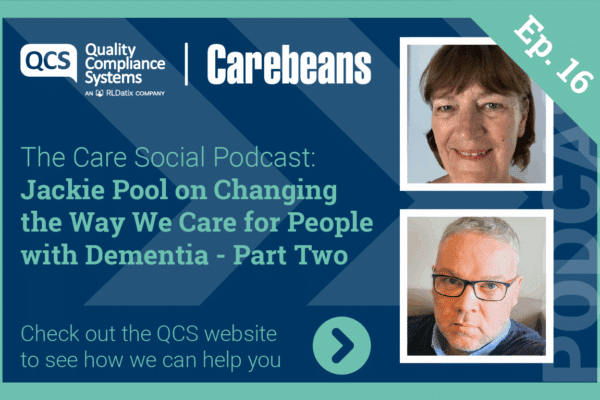 There is an increasing availability of resources and evidence to help care services to implement and benefit from active living for older people, and indeed for us all generally.
There is an increasing availability of resources and evidence to help care services to implement and benefit from active living for older people, and indeed for us all generally.
Health professionals in recent years have been advising us that being frequently sedentary and inactive carries major health risks. Some see the risk as almost equivalent to smoking. Most of our living standards seem to work against this advice. We are doing well in life if we:
- Have a car (which deprives us of much walking exercise).
- Have a large colour television (keeping us inactive in the evening).
- Have carry out or pre-cooked meals, or eat out (keeping us from moving around as we cook for ourselves).
- Do our one-stop shopping at a supermarket, thus minimising shopping time and associated exercise.
So even in our mid-life there is a need to develop a healthy level of activity which will last a lifetime, and help make that lifetime longer.
The need for healthy ageing
In Scotland, the government and health services have developed an Active and Healthy Ageing Action plan in recognition that demands on public health service delivery are ever increasing. They believe that demand can be reduced by healthier ageing through encouraging more active lifestyles. The plan is linked to, and part of, a European Commission project, in recognition that the sustainability of health and social care needs to be supported through improving health and quality of life. The Scottish part of the project is a part of the legacy and inspiration of the 2014 Commonwealth Games, held in Scotland in 2014. The plan is clearly outcome based, and progress on its implementation will therefore be easily measured.
The effects of activity
Higher activity levels throughout life has many health advantages. Increased heart health can also increase brain health, and possibly curtail the current levels of dementia among older people. Being active in itself introduces many factors which are thought to minimise the risk of dementia or reduce its effect: social interaction, meaningful, purposeful living, eating healthily and improved mental health with reduced incidence of depression. All of these either counter or minimise the risk of dementia, according to research.
Physical benefits are clear also: recent research results in Minnesota across two decades has shown that poor fitness in midlife is associated with smaller brain volume 20 years later, with increased risk of dementia. This clearly shows that we should focus on increasing activity and fitness throughout our lives.
Other research has shown that physical fitness prevents injury, for example increased leg strength has contributed to decreased falls and accidents, which are a major factor in hip injuries: these are in turn factors which can shorten lifespan.
How to promote activity?
There are organisations which encourage and promote activities, including music and art work as therapy. The British Association of Music therapists are urging the government to include music as part of the national dementia strategy, and there are several major national charities promoting the unique benefits of music in support for dementia, learning difficulties and other areas. Carehomeco.uk recently published an article claiming that clay therapy can promote communication, and increase confidence, concentration and motivation in people with dementia.
The Care Inspectorate, the regulator of care services in Scotland, recognises and promotes the value of activity, having on its website information about toolkits, resources and workshops on Promoting health through activities. An encouraging and person-centred approach is advised. (http://www.careinspectorate.com/index.php/meet-sid/9-professional/2615-care-about-physical-activity)
We hope that the increasing resources available to care services will help to improve and maintain health for all, leading to a happier and more fulfilled lifestyle, Including for staff!






